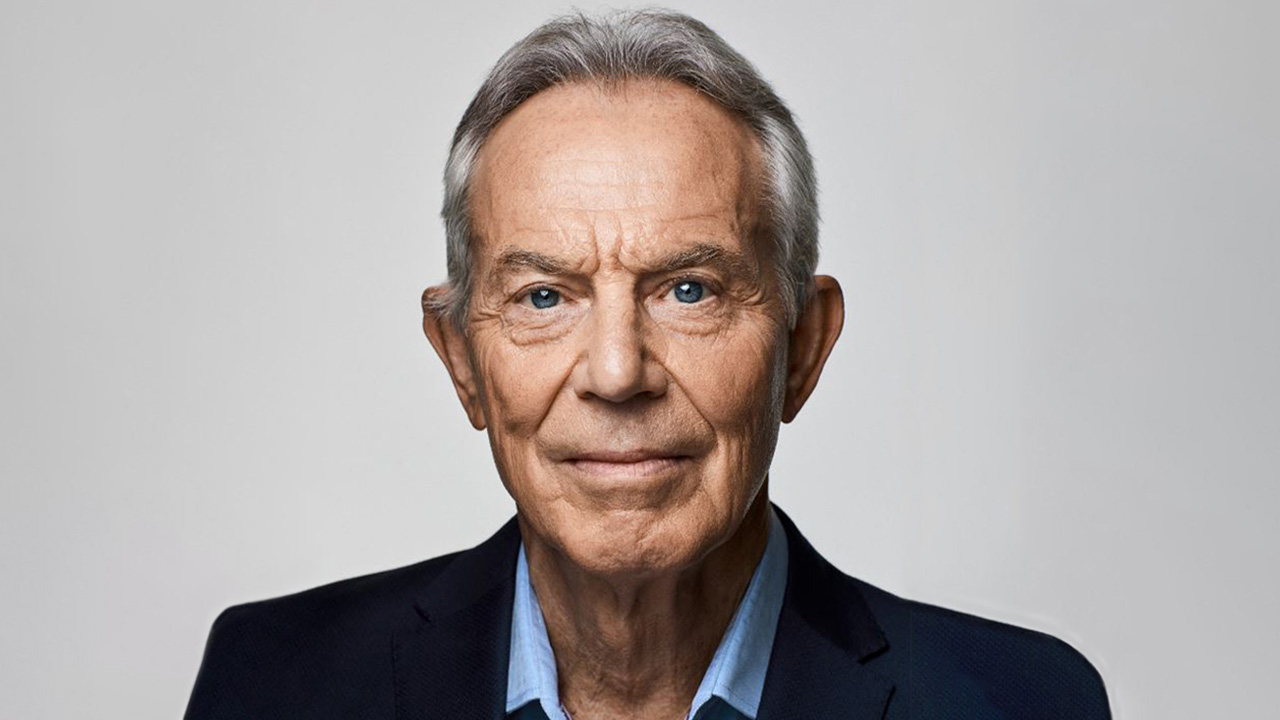| | | |
| | Brought to you by Alex Panas, global leader of industries, & Axel Karlsson, global leader of functional practices and growth platforms
| | | | | | | |
| | | | The end of the year is traditionally a time for reflection—and for CEOs and other leaders, there’s much to mull over. With a host of common dilemmas complicating executives’ ability to lead, there’s no time like the present to take stock of the leadership lessons we’ve learned throughout 2024. For our final issue of the year, we look at recent insights from leaders who are successfully navigating the increasing complexity and demands of their roles and building strong relationships with employees, colleagues, and other stakeholders—all lessons that you can take with you into 2025. | | |
| | | |
| | | The CEO job may be a lonely one, but it’s also defined by relationships with a long list of internal and external stakeholders, from frontline employees and management teams to customers, investors, and government regulators. McKinsey’s Blair Epstein, Julia McClatchy, Kurt Strovink, and Eric Sherman suggest that CEOs can successfully engage their diverse group of stakeholders by embracing their role as the company’s bridge to external audiences, developing a distinctive narrative for the company as its “storyteller in chief,” empowering other leaders to champion the company’s vision, and strengthening relationships while preparing the organization to handle crises. CEOs can start by developing a deep understanding of their organizations’ purpose as well as their stakeholders’ motivations and goals. “These insights will shape the core narrative the CEO shares through public platforms, with adaptations to make it meaningful to different audiences,” the authors say. “Through continuous learning, the best leaders perfect and renew these messages over time, strengthening engagement and enriching their relationships.” | | |
| | | | | | | | | | | | | | | | | | | |
| Former UK Prime Minister Tony Blair believes that balancing confidence with humility and curiosity is critical for leaders in politics, business, or other endeavors. “The one thing I’ve learned, not just in politics but in life, is that if hubris is walking around, nemesis is a very short distance behind,” Blair says in a recent McKinsey Author Talks interview. The best leaders ensure that their teams are not frightened of challenging them, he notes. “Once you come to a decision, you need people who are prepared to say, ‘I don’t think that’s right. That’s not going to work,’” Blair says. “If you look at any of the great leaders, they were people who had the confidence to want people in the room smarter than them, not people who [tried to] impress with their own smartness.” | | | Lead by fostering strong relationships. | | | | | — Edited by Eric Quiñones, senior editor, New York
| | |
| | | |
This email contains information about McKinsey’s research, insights, services, or events. By opening our emails or clicking on links, you agree to our use of cookies and web tracking technology. For more information on how we use and protect your information, please review our privacy policy. |
|
You received this email because you subscribed to the Leading Off newsletter. |
|
|
Copyright © 2024 | McKinsey & Company, 3 World Trade Center, 175 Greenwich Street, New York, NY 10007 |
|
|
|
|
|











